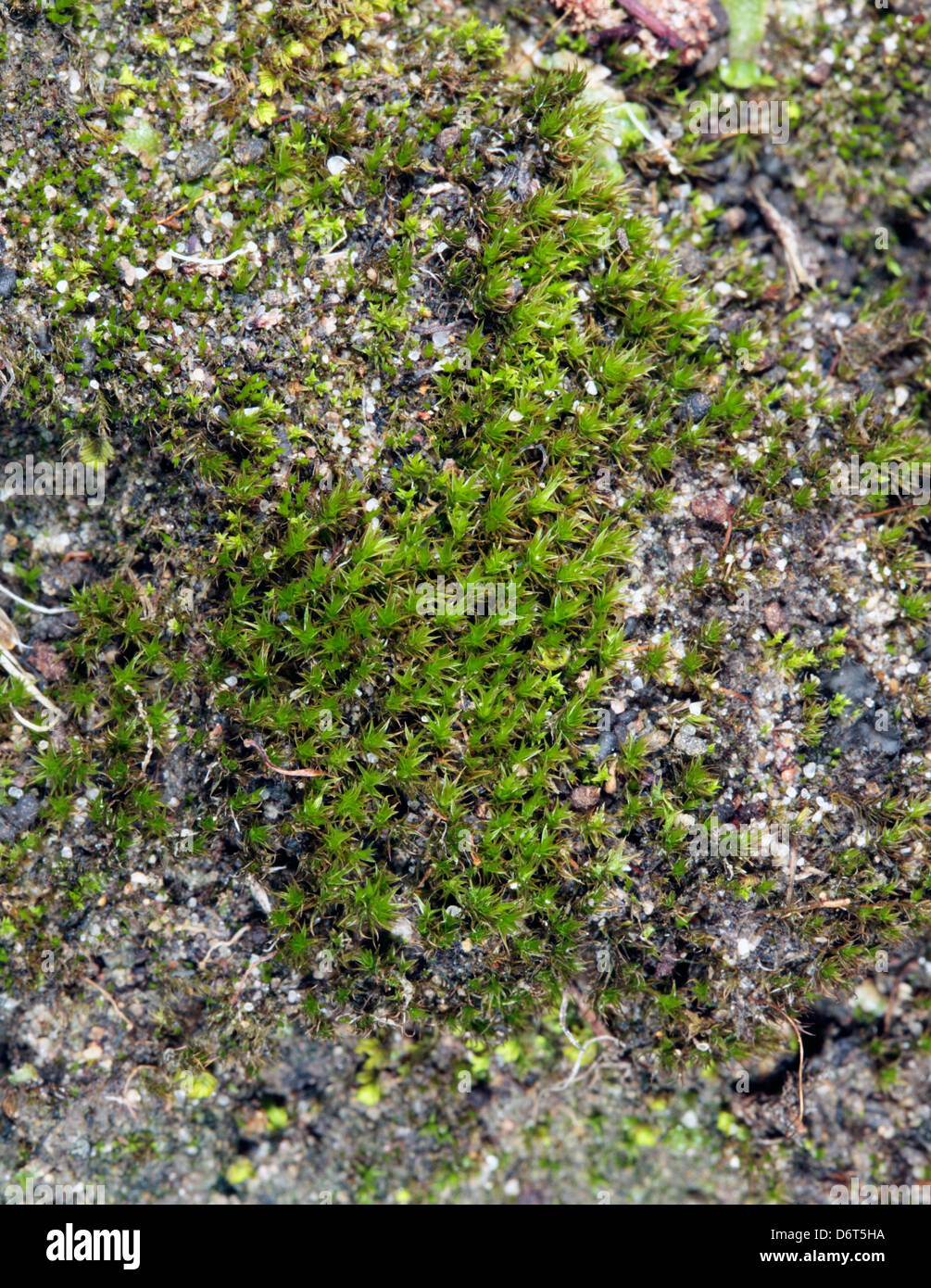
image from: https://www.alamy.com/stock-photo-close-up-of-moss-of-the-genus-tortula-family-pottiaceae-55850294.html
Exploring the Fascinating World of Tortula grandiretis Broth. Moss
Introduction
Mosses are small but mighty plants that play crucial roles in ecosystems around the world. One particularly interesting species is

image from: https://eol.org/pages/53845
Tortula grandiretis Broth., a moss in the Pottiaceae family. In this blog post, we’ll take a closer look at this fascinating plant, from its unique morphology to its global distribution and ecological importance.
Background on Mosses
Before diving into the specifics of T. grandiretis, let’s review some background on mosses in general. Mosses are non-vascular plants in the division
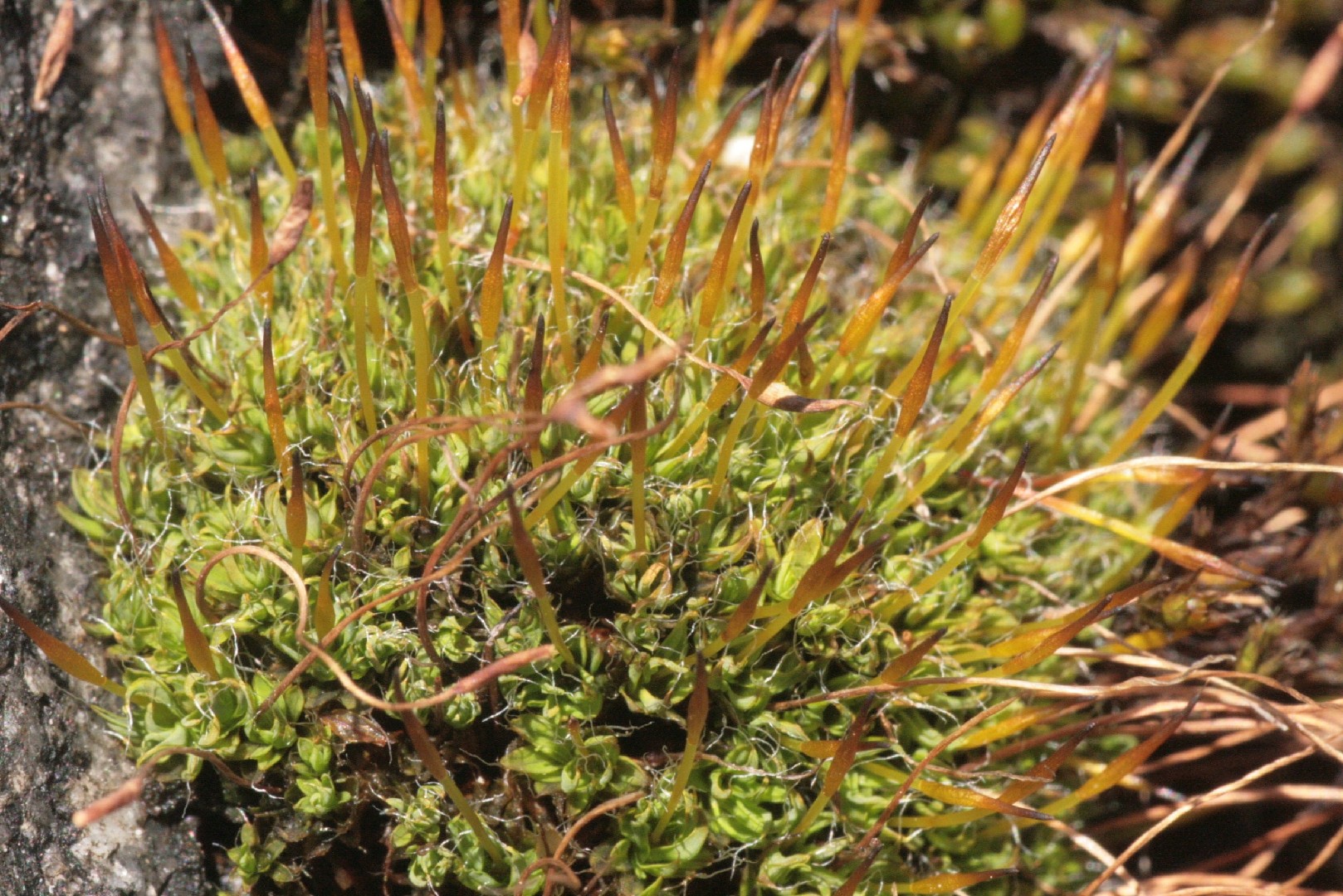
image from: https://www.picturethisai.com/wiki/Tortula_muralis.html
Bryophyta

image from: https://www.sciencephoto.com/media/992705/view/tortula-moss-cushion
. They lack true roots, stems, and leaves, instead having simple structures that perform similar functions. Mosses reproduce via spores rather than seeds and require moisture for sexual reproduction.
There are over 12,000 species
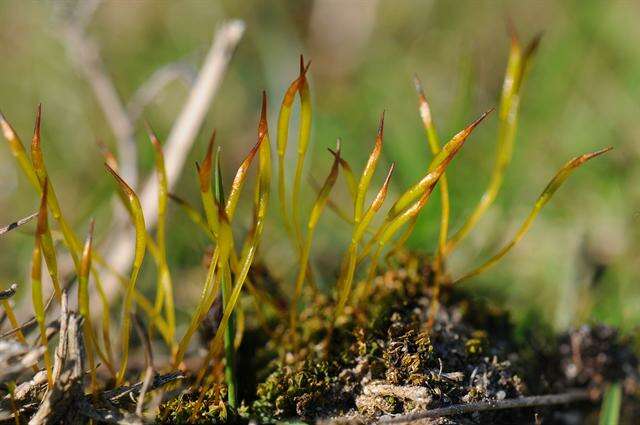
image from: https://eol.org/pages/853450
of moss found on every continent, from the Arctic to the tropics. They play important roles in their ecosystems, helping to regulate moisture, prevent erosion, provide habitat for other organisms, and cycle nutrients.
Morphology and Identification
Tortula grandiretis is a small, cushion-forming moss. Its leaves are oblong-lanceolate in shape and have a strong midrib that extends into a long, hyaline hair-point. The leaf margins are recurved and the cells are smooth.
One of the most distinctive features of T. grandiretis is the large size of its leaf cells compared to other Tortula
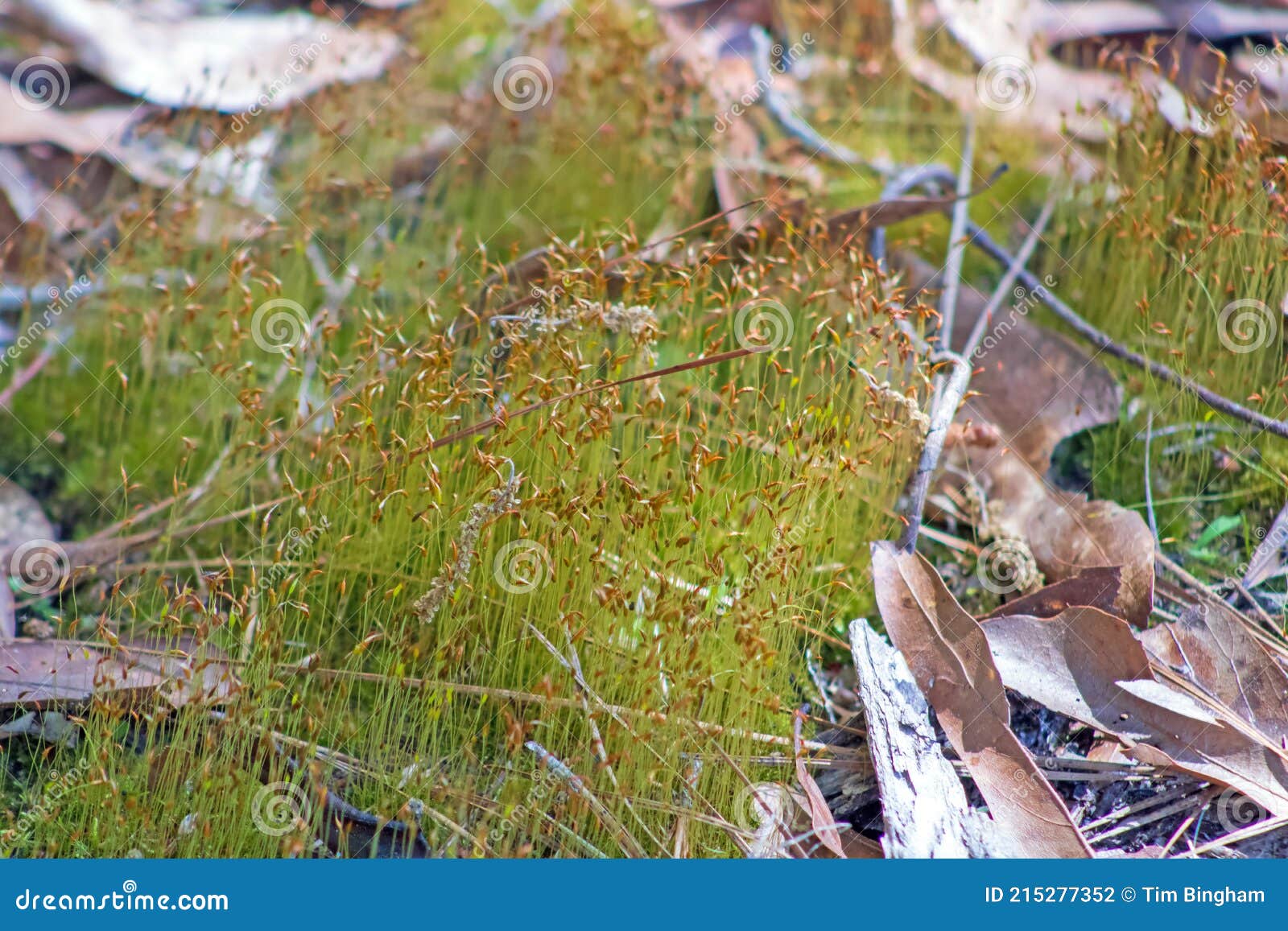
image from: https://www.dreamstime.com/tortula-moss-growing-wild-tortula-moss-growing-wild-syntrichia-ruralis-commonly-known-as-twisted-moss-star-moss-species-image215277352
species – that’s where the “grandiretis” part of its name comes from, meaning “large-netted.”
The moss forms small, dense cushions or turfs on its substrate. Its spore capsules are cylindrical and borne on a long seta. T. grandiretis is dioicous, meaning male and female reproductive structures are on separate plants.
Global Distribution and Habitat
T. grandiretis has a wide distribution, being found in Europe, Asia, Africa, Australia, and the Americas. It is most commonly found in temperate regions.
This moss grows on a variety of substrates including soil, rock, concrete, and tree bark. It prefers dry to mesic conditions and is tolerant of disturbance and pollution. T. grandiretis is often found in urban and suburban areas, growing on walls, sidewalks, and buildings.
Ecological Roles and Adaptations
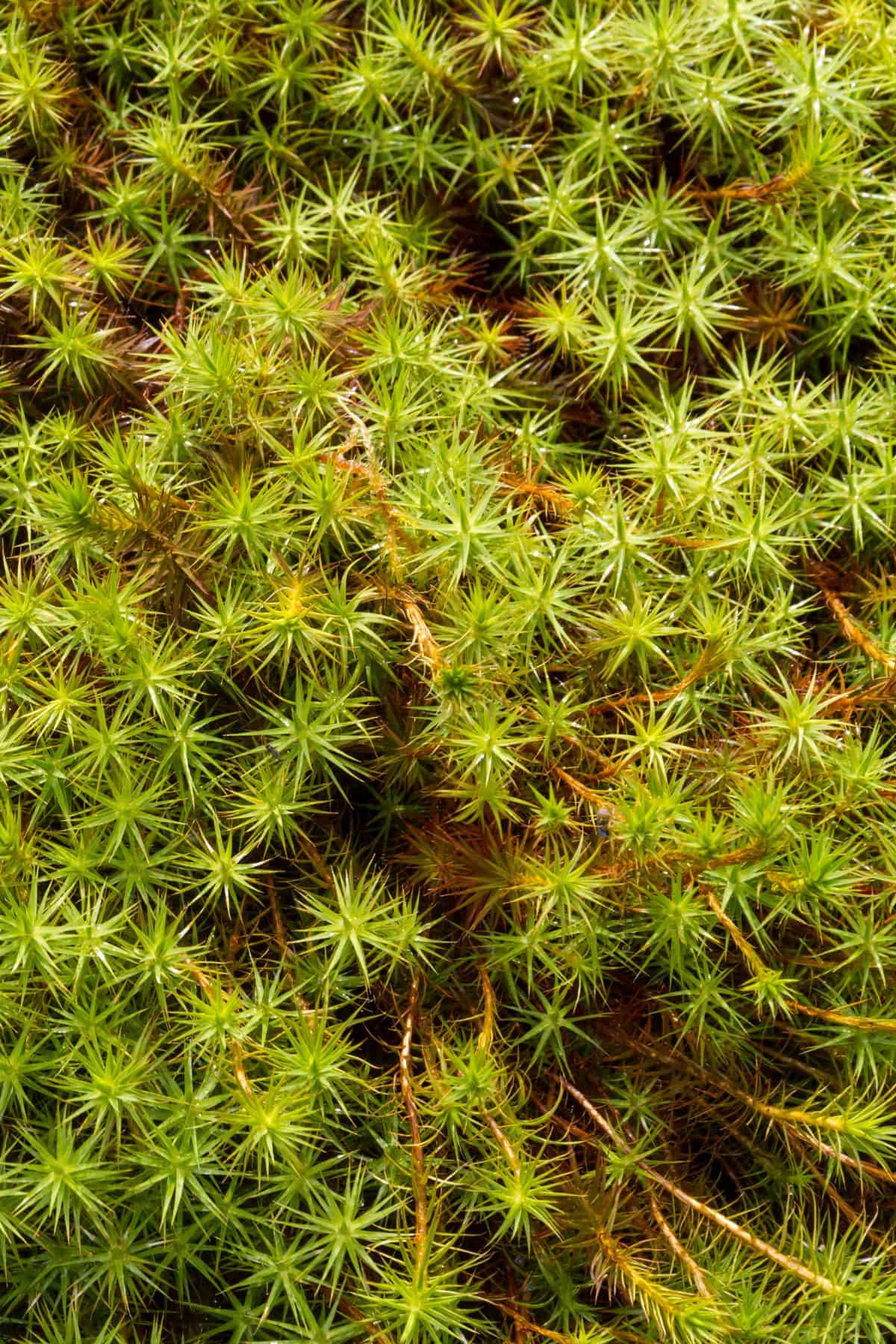
image from: https://terrariumtribe.com/terrarium-plants/tortula-ruralis-star-moss/
Like other mosses, T. grandiretis plays important roles in its ecosystem:
- Helps retain moisture and prevent erosion
- Provides habitat for micro-organisms and invertebrates
- Pioneers disturbed sites and aids in succession
- Bioaccumulates pollutants and heavy metals
T. grandiretis has several adaptations that allow it to thrive in urban environments:
- Tolerates drought and desiccation
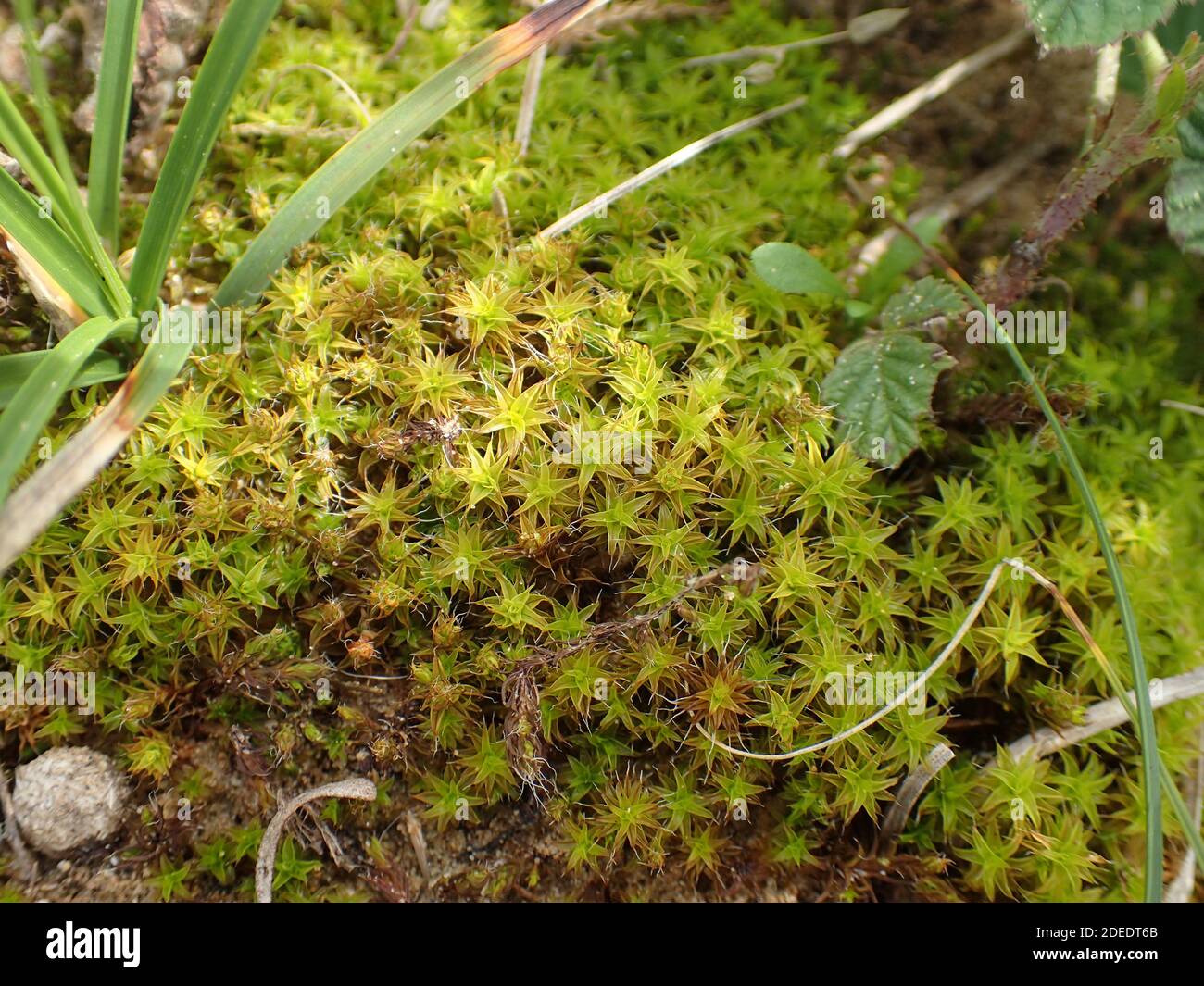
image from: https://www.alamy.com/tortula-sand-dune-moss-image387537651.html
- Grows on a variety of artificial substrates
- Resistant to pollutants and disturbance

image from: https://www.dreamstime.com/stock-photo-living-world-mosses-as-tortula-wall-closeup-kukushkin-flax-very-common-moss-wide-spread-very-popular-image92285154
- Reproduces and disperses easily via spores
Conclusion
Tortula grandiretis may be small, but this mighty moss is an important part of ecosystems and urban landscapes around the world. From its unique “large-netted” leaf cells to its ability to tolerate disturbance and pollution,

image from: https://www.semanticscholar.org/paper/Tortula-grandiretis-Broth,-in-the-Netherlands-and-Crundwell-During/f91a8681506d4b3b22ffbc606c34dc208500ecbd/figure/0
T. grandiretis is a fascinating and resilient species.
The next time you see a small cushion of moss growing on a sidewalk or wall, take a closer look – it just might be Tortula grandiretis! This humble plant has an important story to tell about the tenacity of life and the complex web of interactions between species in even the most unlikely places. What other secrets might the miniature world of mosses hold?